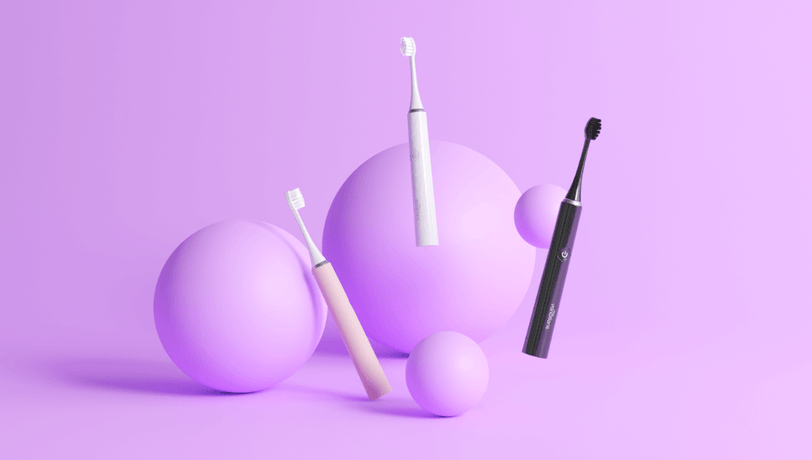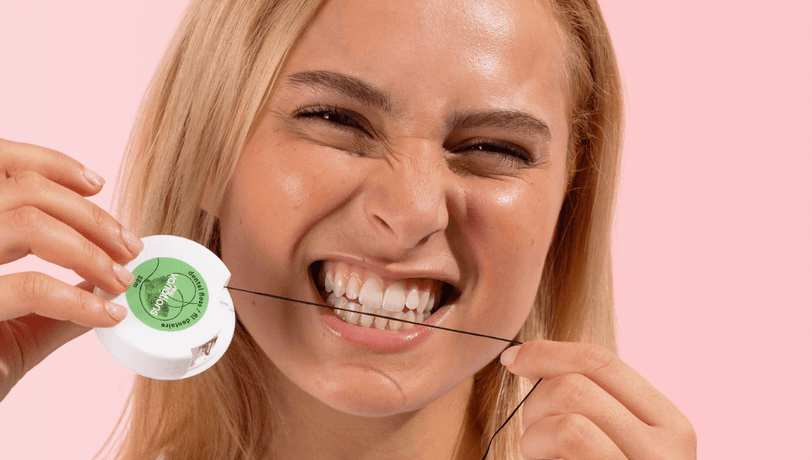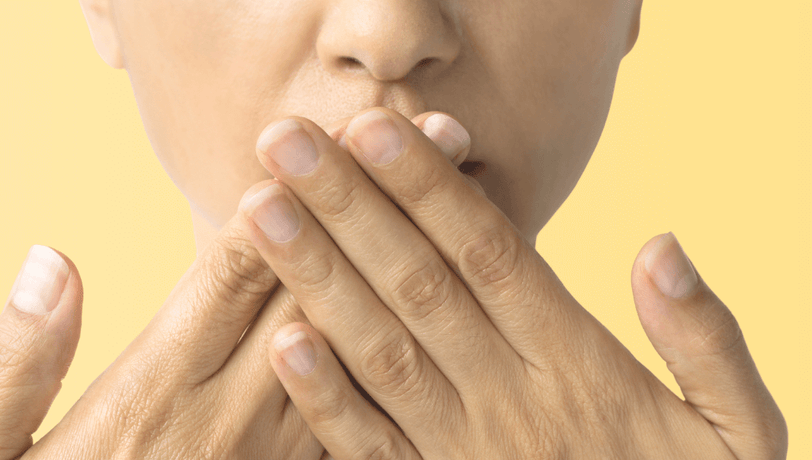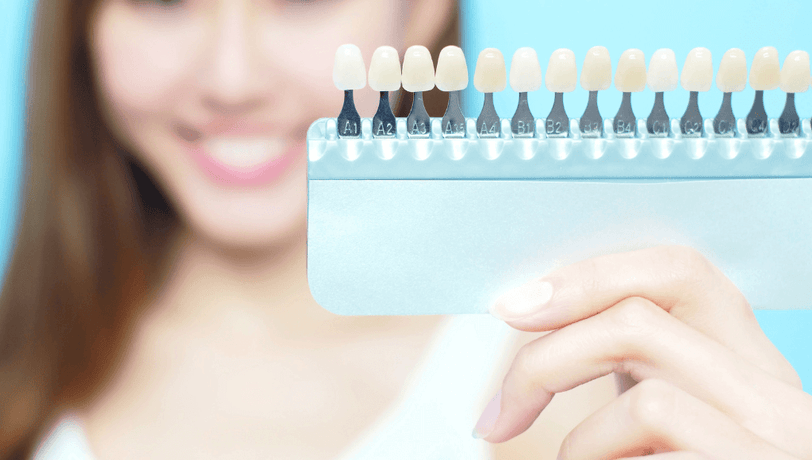
Today there are hundreds of different toothpaste models present on supermarket or pharmacy shelves: “extra-white”, “fresh radiance”, “super whiteness”... Result of the races: it is often difficult to find your way among this jungle of products 😫. But don't panic, we'll take you through the different types of toothpaste that exist to help you see things more clearly! 💡
What are the different types of toothpaste? 🧊
There are three main toothpaste families 💡
1. Whitening toothpastes are the most popular in the market. They have the ability to reduce the appearance of stains on the teeth. You should know that "whitening" toothpastes do not really whiten the teeth: they rather restore radiance to the smile by improving the elimination of dental plaque and reducing stains thanks to a more or less abrasive effect. The teeth, after a few weeks of use, reflect the light more and appear more radiant, it is this phenomenon that makes the teeth white 🤩
Some whitening toothpastes also generate an immediate “optical effect” thanks to the addition of blue or red pigments in the formula, which artificially whiten the teeth and/or further redden the gums in order to create a greater contrast. It is this contrast that will give an impression of more intense whiteness 💎
2. Anti-cavity toothpastes are also very popular. Indeed, thanks to a higher fluoride dosage, they strengthen the enamel of your teeth (while slowing down dental erosion ), which reduces the appearance of cavities 🦷. The Cochrane organization, an association of researchers and doctors recognized for its rigor and independence, reviewed in 2019 around a hundred studies on the subject. She came to the conclusion that fluoridated toothpastes are more effective than non-fluoridated ones in improving the prevention of cavities. A level **between 1000 and 1500 ppm (100 to 150 mg/100 g) of fluoride is generally recommended for adults, however anti-cavity toothpastes can sometimes go beyond that. If you do not have any particular concerns with cavities, it is not necessary to choose this type of toothpaste because most toothpastes on the market also contain fluoride.
But what exactly is fluoride?** Fluoride is a trace element that attaches itself to the enamel of the teeth and makes them more resistant to attack by bacteria in the mouth and dental plaque. There has been a lot of controversy in recent years about fluoride: it is said to be toxic to the environment and health, carcinogenic, endocrine disruptor... In reality, fluorides (fluorine salts) are naturally present in the environment and in small doses, it does not represent a real danger to your health. Moreover, with regard to the environment, it is only during massive industrial releases that deleterious effects have been observed.
3. Toothpastes for sensitive teeth and gums, when to them, are generally enriched with products allowing to fight against the bacteria and the dental plaque, which are very often at the origin of these sensitivities. We can find for example chlorhexidine which helps to fight against the accumulation of dental plaque, or even permethrin which makes it possible to limit bleeding from the gums by forming a protective barrier on them. Say goodbye to bacteria on your gums! 🧙 ♂️ You should know that there are also toothpastes suitable for sensitive teeth and gums that contain only natural ingredients while remaining very effective in protecting your teeth and keeping gums healthy !
And for children, how is it going?
Please note that adult toothpastes, due to their higher fluoride content, should not be used by children. Indeed, too high a dose of fluoride in children under 6 can cause fluorosis, which is manifested by brown or white spots on the enamel of the teeth.
As soon as the milk teeth arrive, they can be brushed with a small, suitable and slightly moistened toothbrush. Toothpaste should only be used when the child knows how to spit it out.
Here are the recommended amounts of fluoride according to the age of the child:
- From the age of two, toothpaste must provide between 250 and 600 ppm of fluoride.
- From three years: between 500 and 1000 ppm.
- And from the age of 6 only, children can use toothpaste at the same dosage as adults, namely between 1000 and 1500 ppm of fluoride.
The final word
There you go, you should now see a little more clearly! If each type of toothpaste has a specific purpose (whiteness, painful teeth and gums , anti-caries), they can all be used daily. Now it's up to you to choose the one that suits you best 😀
We will very soon be launching our own range of toothpastes, 100% natural and in aluminum tubes (infinitely recyclable unlike toothbrushes and plastic tubes !)
If you have any doubts, do not hesitate to contact us via email at hello@myvariations.com!

























































